Leo Isikdogan, Heartbeats of a Flower, NFT
Interview with Leo Isikdogan: Heartbeats of a Flower
Leo Isikdogan is an engineer by day, artist by night. He’s dropped his first NFT, created through the creative use of algorithms.
Leo Isikdogan describes himself as an engineer by day, artist by night. He is an interdisciplinary researcher, engineer, and artist based in California. He has a background in computer engineering but has always had an interest in art and his master’s degree focused on computer vision for art analysis. His practice spans a broad range of disciplines, including artificial intelligence, computer vision, computational photography, image processing, augmented reality, and digital arts. He has worked at UT Austin, Motorola Mobility, and Intel and is currently a Deep Learning Algorithm Engineer at Apple. Leo Isikdogan uses artificial intelligence and creative algorithms to experiment with different styles of art.
Leo Isikdogan’s inaugural NFT was minted on June 21 in exclusive partnership with Verisart and SuperRare as part of 8×8: 8 genesis NFTs by 8 major artists working with AI, code and digital technologies. Bidding closes around 12pm EDT June 24.
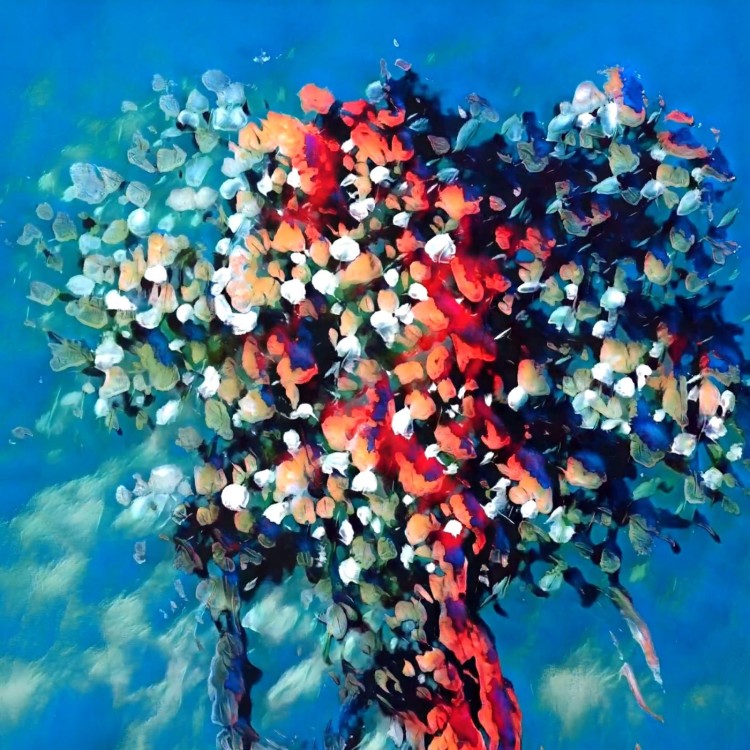
Vinciane Jones, Head of Community at Verisart, the leading blockchain certification provider, spoke to Leo Isikdogan to learn more about his interest in art, use of creative coding and his inaugural NFT.
Vinciane Jones: When did you first become interested in art?
Leo Isikdogan: I have been interested in art since my early childhood. I wanted to become a lot of things including a computer engineer, scientist, teacher, astronaut, and an artist. Obviously, I didn’t become all of them but I think I got pretty close. I work as an engineer. I published some research articles in academic journals as a scientist. I never became a teacher but I make videos in the form of mini-lectures on YouTube. As for the astronaut part, I might have never stepped on the moon or the international space station, but I did work on images sent from low earth orbit during my PhD research.
As for becoming an artist, I didn’t have the skills to draw and paint by hand well, I admit that. That was one of the reasons why I shifted my focus to digital art. My first encounter with the concept of creative coding was at demoscene parties we had in college. It was liberating to see that I could use my coding skills to create something expressive.

In 2011, I decided to do a Master’s project that involved both art and technology. First, I had the idea of using machine learning models to generate paintings. At that time, it was a very challenging problem, since we had very limited computing power, no deep learning frameworks, and very little prior work to look into. Then I decided to pause my efforts on the ‘generation’ problem and focus on the ‘detection’ problem. So, my research at that time focused on detecting whether certain visual elements of a digital artwork were apparent in other art. I built machine learning models to detect images that share common visual elements.
I revisited the idea of AI-generated art in early 2020 and started experimenting with ideas that I have been thinking about for a while.

VJ: What does creative coding mean to you?
Leo Isikdogan: I see creative coding as a way of expressing creativity. I consider writing code and building AI art models as analogous to using brushes, paint, paper, and wood in the process of creating art. I see code as a very versatile medium. We can use it to build functional applications as well as to express our creativity. We can even use learning algorithms to build models that learn and evolve over time, allowing machines to express their own creativity to some extent.
Whether machines can be creative is a philosophical question. I use a combination of artificial intelligence and traditional algorithms in my art. So, what I do can be considered as a form of human-machine collaboration. It’s also possible to consider an AI art model merely as a tool, without any inherent creativity. It all depends on your stance on the possibility of computational creativity.

The question of whether machines can perceive, think, and be creative inspired my recent artwork, Heartbeats of a Flower. I started thinking: if machines could think, what would they think of plants? Would they see them as inanimate objects or as living beings? I imagined Heartbeats of a Flower as the perception of plants through the eyes of a machine.
VJ: How did you train the algorithm for the Heartbeats of a Flower?
LI: First, I designed and trained a custom generative adversarial network to create a high-resolution and flexible AI art generator.
Like the generative adversarial network named StyleGAN, my AI art generator uses a mapping network that learns to generate latent representations that correspond to styles, such as the color scheme, texture, and various aspects of artistic style.

However, StyleGAN has a fixed-resolution output, and it needs to be trained on images at that resolution. To address this problem, I designed a resolution-independent generative model. A model that can generate high-resolution videos while being trained on lower resolution images. I did this by using continuous-valued, sinusoidal waves to encode the global structure of the images.
Theoretically, there is no limit to the output resolution of my model but the relative size of the visual elements in the images gets smaller as I increase the resolution. So, I decided to render the Heartbeats of a Flower at 2048p resolution.
Maybe I should also talk a little bit about the data that I used to train this model. I had collected a set of 300,000 public domain paintings and illustrations for an earlier AI art project. I created a subset of this dataset by filtering out the images with faces or text in them. One problem with this dataset was that the images were not very colorful. Many of them looked solarized or faded, mainly because they were photos or scans of old paintings, dating from the 1600s to the 1900s.
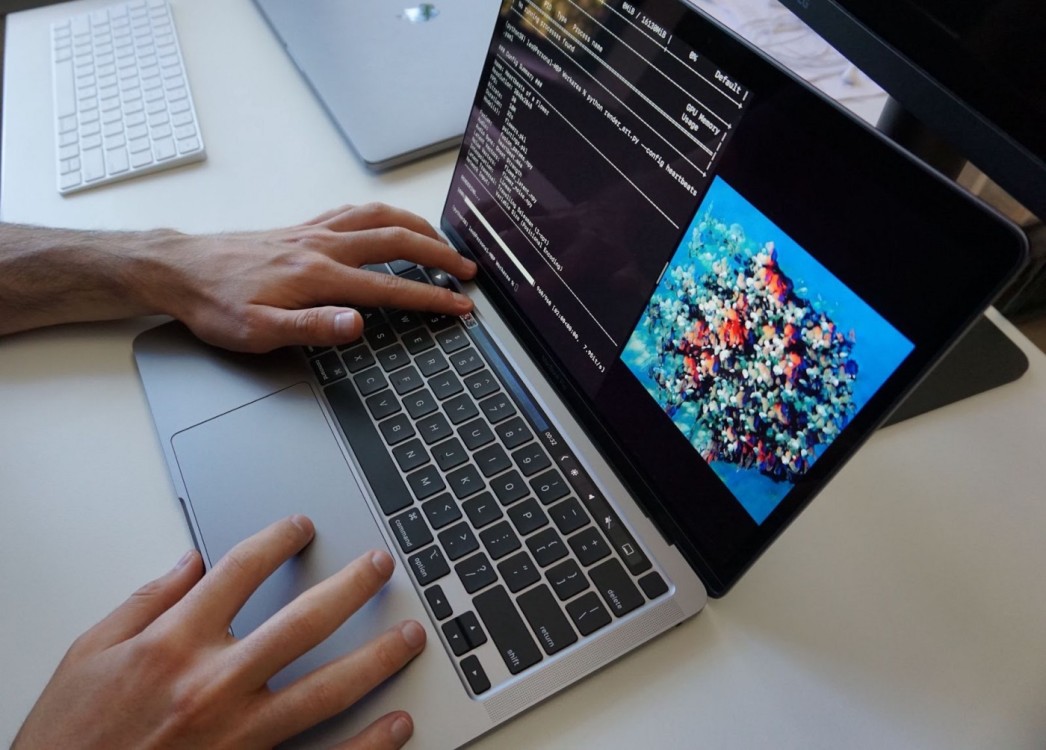
To encourage the model to create more colorful images, I used a colorfulness metric to optimize alongside the other loss functions. I also added some center bias because the objects of interest in an image are usually close to the center and I didn’t want to penalize the model for creating plain backgrounds.
The model provides a latent representation where each vector in the latent space corresponds to a different image. Those vectors encode different aspects of the generated images, such as color, texture, and objects. Once the model is trained, we can do a lot of interesting things by playing with those vectors. That’s how I animated the Heartbeats of a Flower.
I used a set of creative algorithms to achieve certain effects when walking in the latent space. First, I picked a set of points in the latent space that correspond to similar-looking flowers. Then, I found the shortest route between those points to make the transitions as smooth as possible. I animated slower-changing parts by keeping the latent vector constant while interpolating between random noise vectors, which controlled the fine details.
Finally, to match the video speed to audio, I used a combination of onset detection algorithms that detect the beginning and the peak of musical notes and beats.

VJ: What do you find exciting about the possibilities of coding, AI and art?
LI: I am excited to see that AI art, and creative coding in general, are getting more and more accepted in the art community.
Code is a very versatile medium for art and the possibilities with creative coding are limitless. Creative coding allows for crossovers between seemingly unrelated fields. Mathematicians and artists can collaborate on art projects, using code as the shared medium.
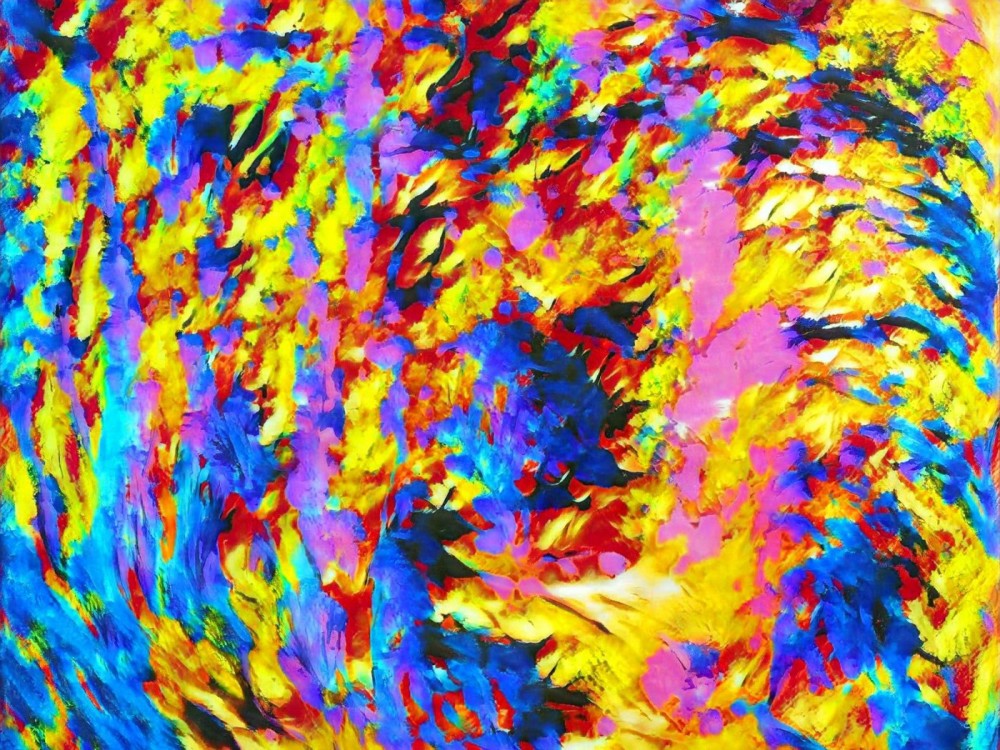
Sometimes, crossovers between art and other fields happen accidentally. During my studies at the University of Texas at Austin, I worked on image processing and machine learning methods to analyze satellite imagery, as a part of my doctoral research. One day, a bug in my code turned the rivers in a satellite image into this piece of art.
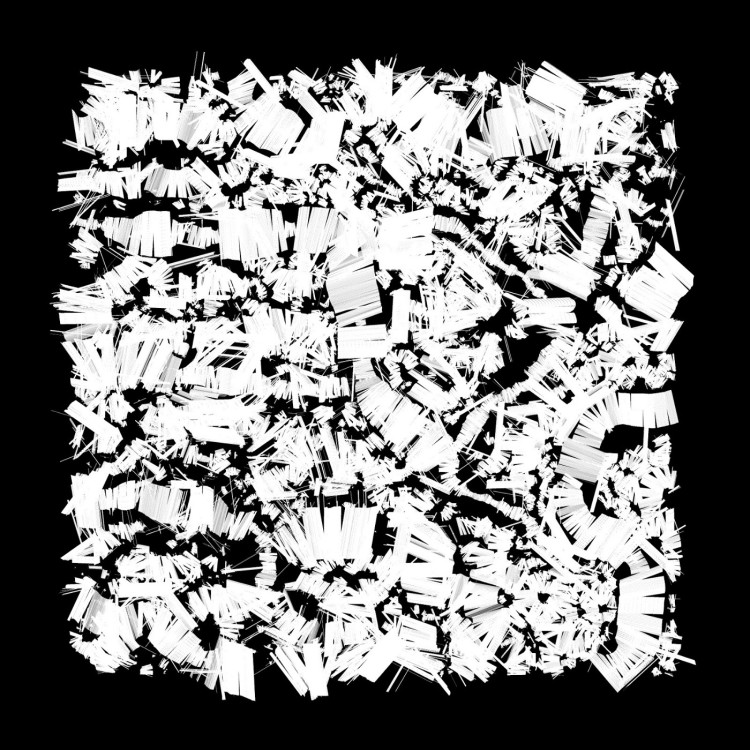
If you are curious what it was actually supposed to look like, you can check out my papers related to RivaMap and DeepWaterMap projects, published between 2017 and 2019.
Verisart Certified
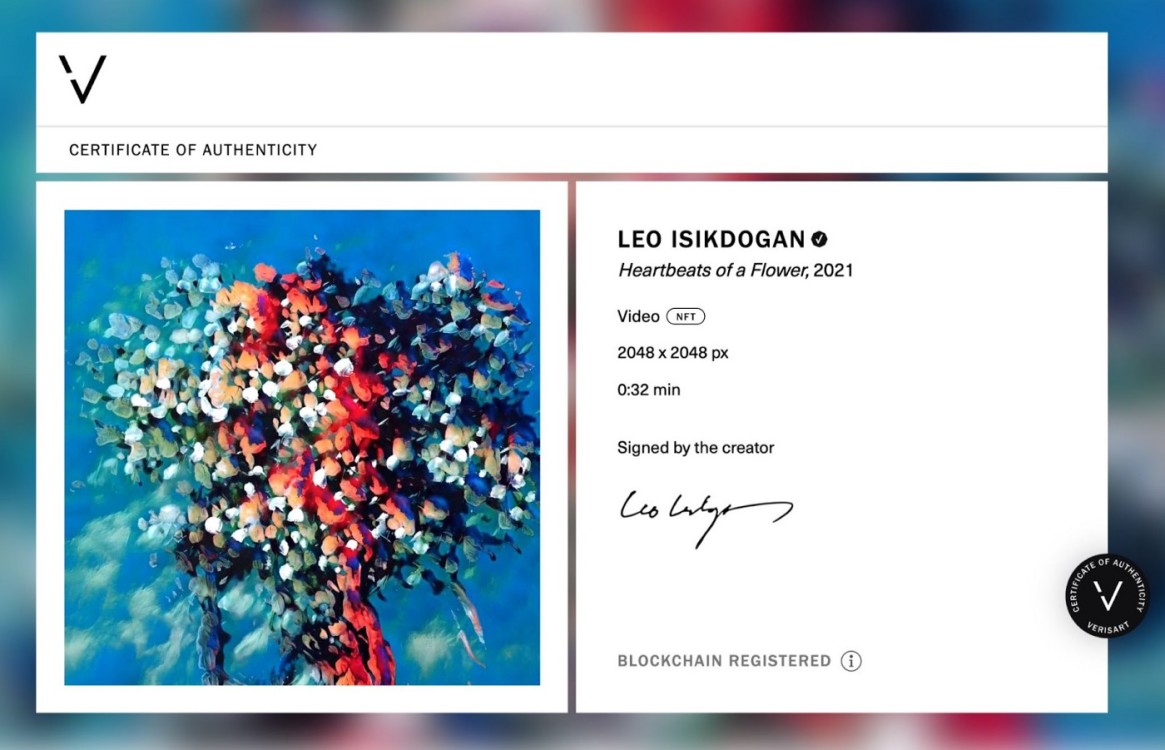
Leo Isikdogan’s inaugural NFT is certified by Verisart, an award-winning blockchain certification platform. Designed to empower artists to tell the story of their work, the digital certificates
include additional images, videos and documents. For collectors, Verisart’s patent-pending Certificates of Authenticity (COA) form an integral part of collecting NFTs. They provide confidence in the identity of the artist and the verified history of the artwork.
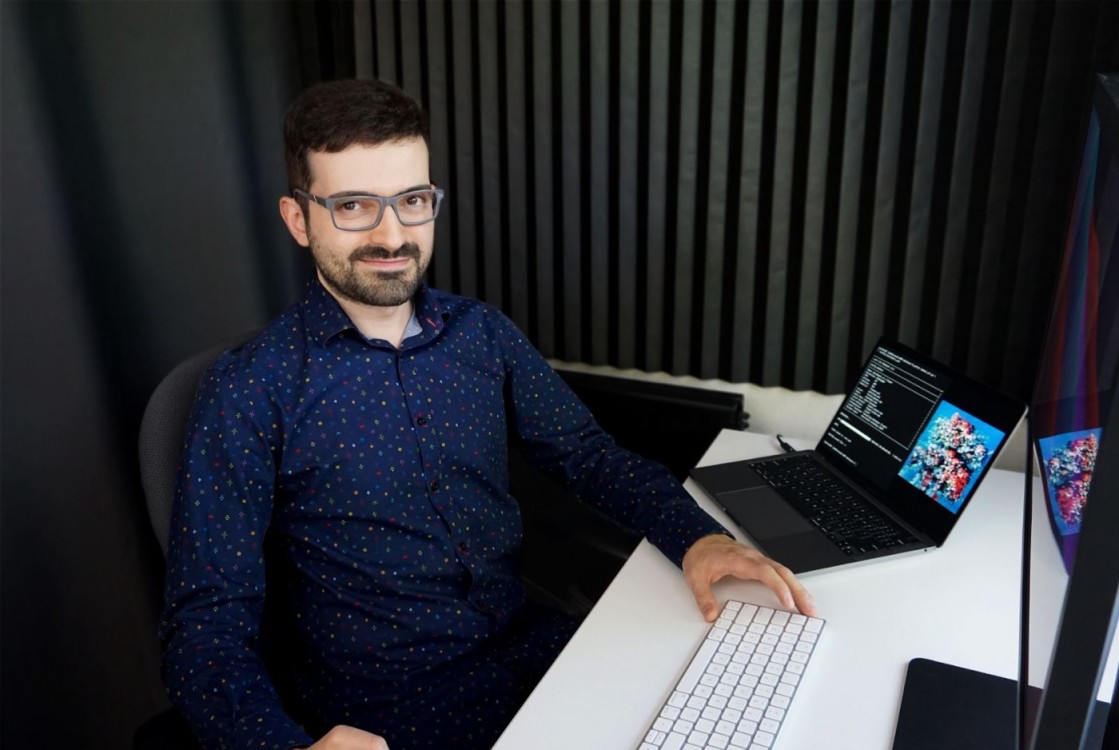
Bidding for Leo Isikdogan’s inaugural NFT, Heartbeats of a Flower, closes around 12pm EDT on June 24.
Join Leo Isikdogan’s on ART TALKS WITH VERISART to hear him discuss life, art and tech with Robert Norton, CEO and co-founder of Verisart. Tuesday, June 22 at 3pm EDT/8pm BST on Clubhouse.